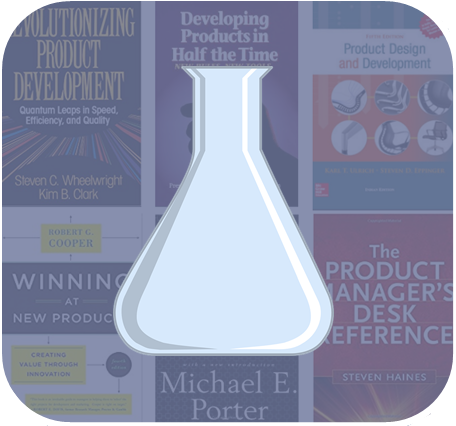Nobody likes a perfectionist, and nobody should like a perfect experiment. It’s actually inefficient to run an experiment with a high probability of success — you’re not actually maximizing the value of new information. (Don Reinertsen explains this concept better than anyone else I’ve read and I’ll get a link in here at some point.)
Johnson isn’t saying you should run sloppy experiments to promote mistakes. This chapter isn’t really even about experiments or how to optimize them for maximum innovation. This chapter is about the fundamental nature of error, and what error forces us to face as product developers.
Johnson’s core insight is that mistakes and errors force you to reexamine what has happened. They force you to look at cause and effect and reconsider your perspective. They cause you to abandon assumptions you would have otherwise always held true.
In short, “being wrong forces you to explore.”
I can attest to this personally. Think about those head-scratcher results you get in a survey, a test, an experiment, or a prototype. That’s when you really start digging and reflecting on what you presumed to be “correct.” Those are often the times I think most deeply.
Johnson shares a great psychology insight related to this idea of error yielding new insight. There have been experiments where people are put into groups and asked to be creative. The variable is that in some of the groups, actors who are in on the experiment deliberately and publicly make incorrect statements. In those groups where actors display errors, the group as a whole ends up being more creative.
The theory is that when an actor shows that it’s OK to be wrong, people feel more social permission to be wrong, and as a result they tend to think more outside the box.
Being wrong makes you think. It can also help other people feel free to think. That’s usually good for ideas.
